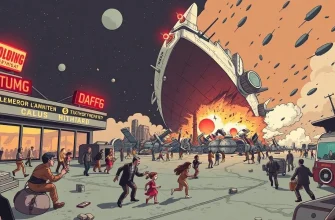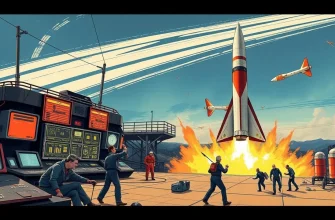If you're a fan of heart-pounding suspense, high-stakes drama, and the sheer power of cinematic storytelling, then this collection of disaster films focusing on missile complexes is right up your alley. These films not only showcase the potential for global catastrophe but also delve into the human element, exploring themes of survival, heroism, and the consequences of technological advancements. From Cold War paranoia to modern-day threats, these movies provide a gripping look at what could happen when missile systems go awry.
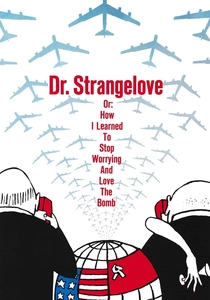
Dr. Strangelove or: How I Learned to Stop Worrying and Love the Bomb (1964)
Description: A satirical take on the Cold War, where a rogue general orders a nuclear attack on the Soviet Union, leading to a darkly comedic exploration of nuclear brinkmanship.
Fact: The film was shot in black and white to give it a documentary feel, and Peter Sellers played three different roles.
 Watch Now
Watch Now
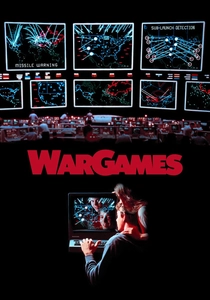
WarGames (1983)
Description: A young hacker unwittingly accesses a military supercomputer, nearly triggering World War III, showcasing the dangers of automated defense systems.
Fact: The film inspired the creation of the Computer Emergency Response Team (CERT) to deal with internet security issues.
 Watch Now
Watch Now

The Hunt for Red October (1990)
Description: While not strictly a disaster film, it involves a Soviet submarine captain who plans to defect with his new, stealthy submarine, potentially leading to a nuclear confrontation.
Fact: The film was a major success, launching the career of Tom Clancy's Jack Ryan character in cinema.
 Watch Now
Watch Now
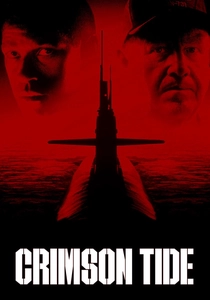
Crimson Tide (1995)
Description: Aboard a nuclear submarine, a clash of wills between the captain and his executive officer over whether to launch nuclear missiles during a coup in Russia.
Fact: The film was inspired by the novel "The Hunt for Red October" but focuses more on the internal conflict within the submarine.
 Watch Now
Watch Now
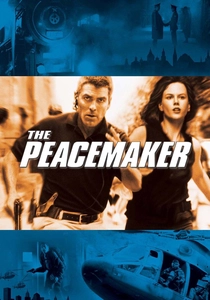
The Peacemaker (1997)
Description: A nuclear bomb stolen from a train in Russia leads to a race against time to prevent a terrorist attack in New York City.
Fact: The film was one of the first to show the aftermath of a nuclear explosion in a major city.
 Watch Now
Watch Now

The Sum of All Fears (2002)
Description: Based on Tom Clancy's novel, this film follows a plot to detonate a nuclear bomb at a football game, escalating tensions between the U.S. and Russia.
Fact: The film's plot was updated to reflect contemporary geopolitical issues, moving the setting from the Cold War to the post-Cold War era.
 Watch Now
Watch Now

On the Beach (1959)
Description: Set in a post-apocalyptic world after a nuclear war, survivors in Australia await the inevitable radiation cloud, exploring themes of human resilience and despair.
Fact: The film was remade in 2000 with a new cast, adapting the story to contemporary audiences.
 30 Days Free
30 Days Free
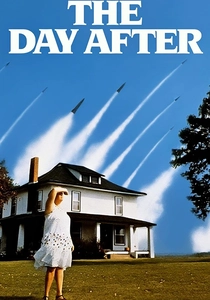
The Day After (1983)
Description: This TV movie depicts the aftermath of a nuclear war, focusing on the lives of ordinary people in a small American town, emphasizing the human cost of nuclear conflict.
Fact: It was one of the highest-rated TV movies ever, with over 100 million viewers tuning in for its initial broadcast.
 30 Days Free
30 Days Free

By Dawn's Early Light (1990)
Description: This made-for-TV movie depicts a nuclear war scenario where a rogue Soviet general launches missiles, and the U.S. must decide how to respond.
Fact: It was one of the first films to use real-life political figures in its narrative, including President George H.W. Bush.
 30 Days Free
30 Days Free

Fail-Safe (1964)
Description: This classic film explores the chilling scenario where a technical glitch leads to an accidental nuclear strike on the USSR, highlighting the tense atmosphere of the Cold War.
Fact: The film was originally intended for television but was released in cinemas due to its powerful narrative. It was remade as a live TV event in
 30 Days Free
30 Days Free





